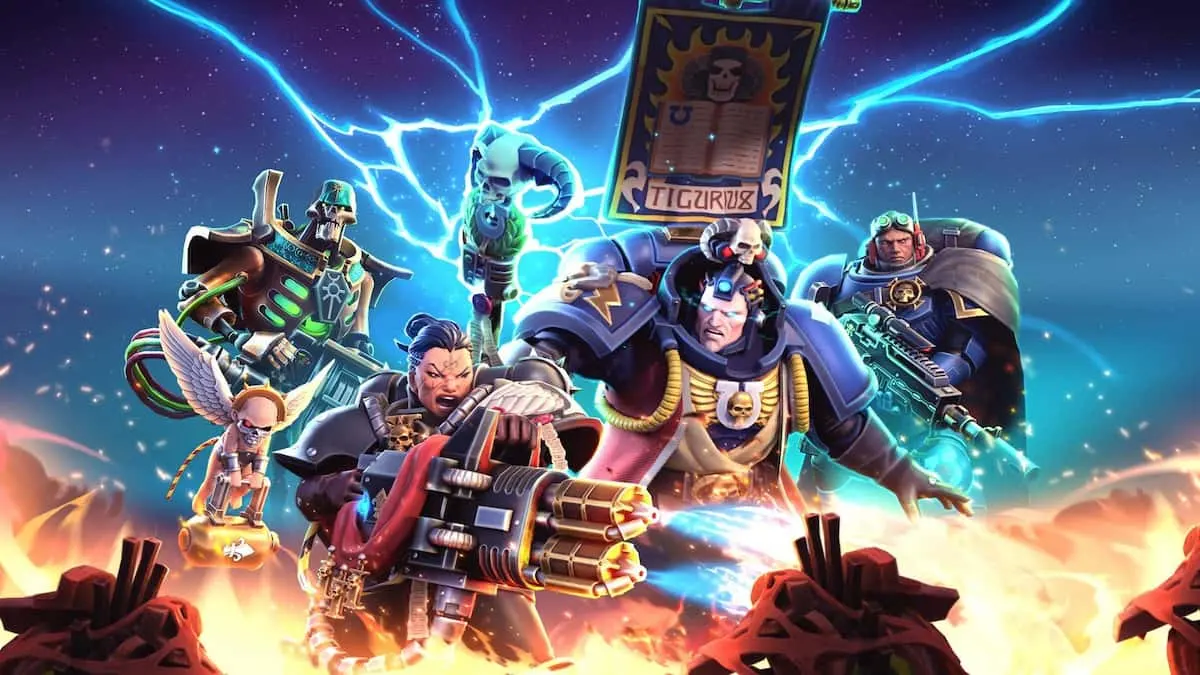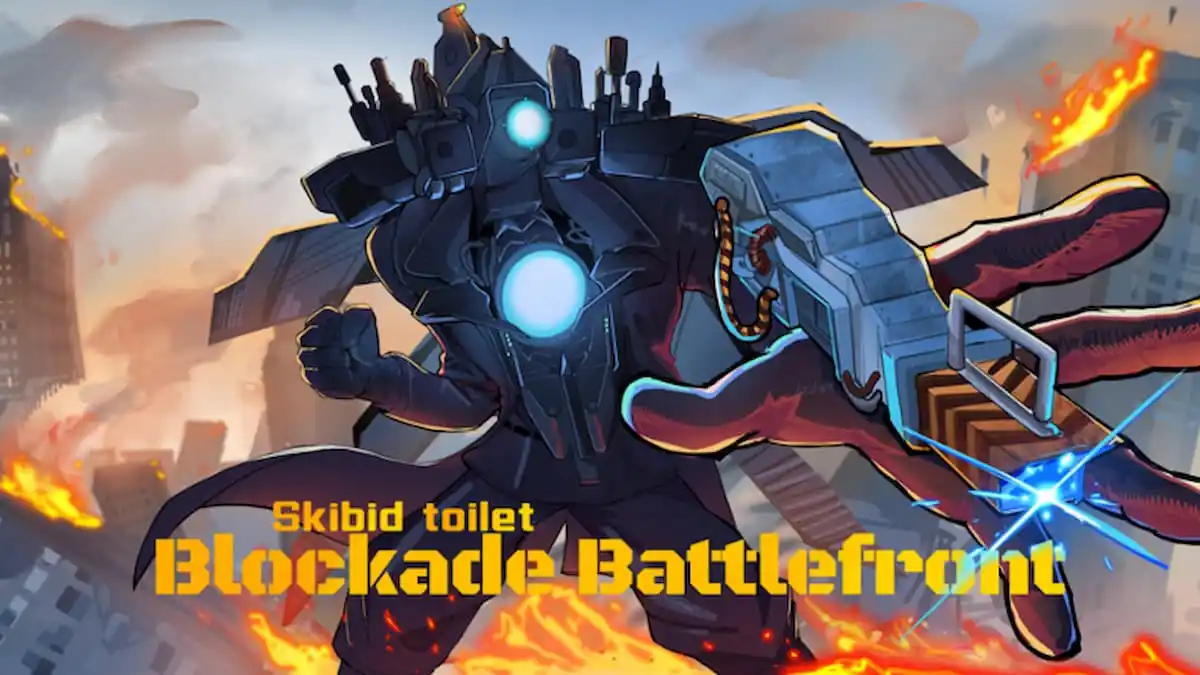With the release of Destiny 2: Forsaken comes Gambit, Bungie’s answer to the gap between the game’s PvE and PvP communities.
It’s a highly functional bridge, and even if it were only a PvE mode, it would still have a deep and rewarding metagame thanks to the mote and blocker system.
The meta is also fairly separate from the base Destiny 2 experiences, as one has to account for both boss DPS and the inevitability of fighting other players.
However, because Gambit is both a mile wide and a mile deep, it demands two separate articles to even scratch the surface. This tips guide focuses on PvE and how to optimize your gameplay so you and your team always come out on top. We will be adding a tips guide for Gambit’s PvP in the coming days.
There are three main points you’ll want to be comfortable with in PvE:
- Mote bank timing
- Boss burn timing
- Rollout and rotation.
Master these three concepts and you’ll be in a good place to carry randoms to victory or guide your team as they dominate the opposition. Be aware that your opponents are just as likely to know these strategies too, but counter-play is its own article.
Gambit Tip #1: Bank Those Motes
There are several schools of thought when it comes to when and why to bank the motes you collect off of fallen enemies.
First is to bank as many small blockers as you can, second is to stagger small and medium blockers as harassment. The third is to hold out for a wave of medium and heavy blockers, while the last and highest risk has everyone holding until they have 15 motes, leading to four large blockers heading to the other side at once.
Let’s examine the pros and cons of each. Note: I will mention invasion points as they are impossible to ignore, but actual invasion strategies will come in the PvP article on Gambit.
Strategy: Small Blocker Rush
This strategy is the simplest of the three, and the easiest to pull off. All you and your teammates need to do is get five motes each, then bank them.
In a team of randoms, it’s unlikely the 20 or so motes from the first wave will divide evenly, so realistically, you’ll only end up with two or three small blockers at the start of the game.
Pros of Small Blocker Rush:
- Waste your enemy’s time dealing with pesky Taken phalanxes
- Buys your team 10 to 15 seconds — whether you get two or three small blockers at once
- Allows for rotation and help for spawn zones or bigger banks
If you’re especially fast, you can also cause a blocker wave, never allowing the enemy room to breathe. One phalanx goes down, another shows up, and the bank stays forever closed. Even better, you get to the invasion phase almost immediately, and a chance to deny additional motes.
Cons of Small Blocker Rush:
- One opponent can derail this strategy using well-placed shotgun blasts
- Can build the enemy team’s Super, overpowering them
The latter point is crucial because when the invasion comes, the enemy team can either burn your entire team to the ground or delete your invader the instant they arrive.
Strategy: Stagger Your Blockers
This strategy isn’t the easiest to pull off, but it is the most common. Oftentimes, only a couple of players will have enough for a small blocker, but the other two have just four or fewer motes.
That’s fine. If you can, communicate with your team to see who has what, and have the two players with blockers send them, then go assist with taking out adds until the remaining teammates have enough for medium blockers.
Pros of Stagger Your Blockers:
- Cause a blocker wave by staggering blockers, especially if you can clear the second wave quickly
- Deploy two medium blockers quickly; one small blocker followed by a short delay before the next small blocker leads to the deployment of two medium blockers
- Overrun the enemy team, making them scramble to gather motes and bank them.
- Open invasion portal instantly, leaving your teammate plenty of time to delete dozens of motes from the other side.
Cons of Stagger Your Blockers:
- Timing is everything
- Invaders bear the burden
If your invader didn’t do their job, suddenly the entire situation flips, and it’s your team with the blocker problem. Again, with randoms, this can be hard to coordinate, so try to gauge how your teammates are playing before holding on to too many motes.
One or two seconds between mote banks can give your enemies time to do the same back to you, but because they’ve been blocked most of the time, they’re likely to have more motes stocked up.
Strategy: Go Big or Go Home
There’s a Triumph for this one, so you’ll end up doing it eventually, but the third and final strategy is to hold on until your entire team has 15 motes for a big 60 mote bank. Then send four Taken Ogres to the other side all at once.
Personally, the reward isn’t worth the risk, as Ogres are big targets and they have less HP than you’d think. However, there are still advantages, they’re just limited.
Pros of Go Big or Go Home:
- Four ogres buys time; you’ll get about a minute
- Ogres can force enemy supers, making them weaker on the push
- Can also force the use of enemy heavy ammo
- End rounds fast with Blade Barrage/Chaos Push
- Can get three invasions back to back to back
Without the Heavy to deal burst damage or easily deal with invasions, the asymmetric PvP becomes much more manageable. And for the invasions, your opponents won’t have the luxury of quick succession, but they will have tried to stop you in the act.
Cons of Go Big of Go Home:
- Takes a while to develop; you can easily lose a ton of motes to a single invasion.
- Requires equal skill; one weak link can sink this strategy
This strategy is time-consuming in a game all about time, and it puts the onus on every member of your team to stay alive in an already dangerous environment.
I don’t know a single team where every player is of equal skill, so someone is going to be the weak link. Do this once for the Triumph in the right lobby, then focus on staggering forever more.
Gambit Tip #2: Hostiles Incoming
Collecting motes is the name of Gambit’s early game, and while you want as many motes as fast as you can get them, there is more than one way to accomplish that goal.
You can either completely wipe a spawn area of adds or have one player break off to the next zone and start clearing the instant the AI spawns in. Both are useful strategies.
Strategy: Total Clear
The easier of the two methods, all you need to do here is completely wipe out a spawn area of enemies, gather all the motes, then move on and decide what to do with them.
It’s reliable, and unless one of your teammates is less than stellar, consistent.
Pros of Total Clear:
- You account for every mote; removing enemies won’t clog up the play area
- Stop adds from causing trouble; you’ll be better able to provide cover for the invader or deal damage from a distance when you want
More importantly, it can be faster, as four guns are, by their nature, better than three. When you get to the next spawn area, enemies are more likely to be clustered, too, so abilities and Heavy ammo might be more effective.
Cons of Total Clear:
- Slower; you won’t have allies at the next spawn
This can make enemy location less predictable, and therefore less manipulatable. When enemies cluster, they can focus fire a single Guardian far easier, and the motes you just fought to obtain at the round’s start suddenly go up in smoke.
Strategy: Rotating Clear
Harder to pull off consistently but ultimately more efficient, a rotating clear is exactly what it sounds like.
One teammate peels off from the initial spawn early to get to the next one either as the adds spawn or just after. They pull motes and bank them before their teammates can collect what remains. The best moment is when there are only a few adds left, five or so.
Pros of Rotating Clear:
- Speed
- Speed
- Speed
Plain and simple. Gambit is a game mode where the main currency is time, and you don’t start with much. You can end with even less.
That means if you can save yourself a few seconds, you’re way ahead of your opponents. Time the rotation correctly and a blocker wave is even easier to pull off. You’ll also work toward your Super faster, and a single Super can and has saved entire games.
Cons of Rotating Clear:
- Be on point; effectiveness is paramount
- Must be knowledgeable; not knowing the maps and spawns can be deadly
You’ve got to be on point when you leave for the next spawn area and how effective you are at clearing it. It takes an in-depth knowledge of the various Gambit maps, how they work, and how the AI spawns. In short, it takes time to think, and you don’t always have that luxury.
Gambit Tip #3: Burn That Primeval
Banking motes might be the core gameplay mechanic, but killing the Primeval that spawns when you’ve got 75 is the goal.
Motes do not win the game. Burning a boss does. This article doesn’t give advice on Gambit weapon loadouts simply because there are hundreds of videos and other posts all about that.
Rather, the focus here is on two different strategies for taking down a boss: immediate burn and rolling burn.
Strategy: Immediate Burn
You won’t be do much damage at the start of the boss phase without the Primeval Slayer buff, so this strategy is really one of psychology. You want the other team to think you have more damage than you do, or are more coordinated, or any number of other threats.
While I don’t recommend this particular tactic, there are some definite positives to it.
Pros of Immediate Burn:
- Quickly deplete the boss’ health; this is an obvious advantage
First and foremost, Immediate Burn can pull a twitchy opponent into invading early. You also have the opportunity to take opponents out before they do damage. You’ll already be ahead on DPS for the later phases of the fight when you have enough stacks to actually take the boss’ health down.
Second, you’ve taken the boss’s health down. You’ll find that the end of a Gambit round goes quickly, and having a sliver of a head start can win you games. Don’t waste a Super on the boss early, but if your goal is to scare the enemy into jumping first, deleting some Primeval HP is a good way to do it.
Cons of Immediate Burn:
- Not very efficient; adds and additional burn can kill
One person can focus fire on the Primeval just to whittle him down, but unless you build Primeval Slayer stacks at a good pace, you will lose more often than not. Plus, unless you deal with the other enemies, it’s easy to be overwhelmed with ancillary burn before you have a chance to actually hurt the boss.
Strategy: Rolling Burn
Nine times out of 10, a rolling burn is the best way to kill your Primeval. In essence, you do what you do with any terminal encounter: build stacks, remove additional adds to avoid the odd mistake, then burn the boss as much as possible until reinforcements arrive.
One player focuses on the boss the whole time to hold its attention while the rest of the team deals with everything else.
Pros of Rolling Burn:
- It’s reliable
- It’s efficient
- It’s consistent
If your team’s even halfway competent, this is a great way to go. You’ll notice a nice clean ramp up in damage until the Primeval just melts, and you’ll do it all without too much trouble from the AI.
Cons of Rolling Burn:
- Opens window for invaders; don’t waste time
Even with full stacks, one team wipe is all it takes for your opponents to catch up or even overtake you.
A rolling burn also doesn’t necessarily have the early psychological advantage, because everyone expects it. Unless you know you can count on your teammates in a pinch, that extra sliver of damage could be the difference maker.
—
Destiny 2’s Gambit is a breath of fresh air for the competitive multiplayer scene and is a great way to incorporate the PvE aspect as well. Strategies that win you games are many, and the loadouts necessary even more numerous. It will be a real treat to watch the best players compete as the meta evolves. In the meantime, I’m just hoping to stomp a few random pub teams.







Published: Sep 17, 2018 09:03 pm